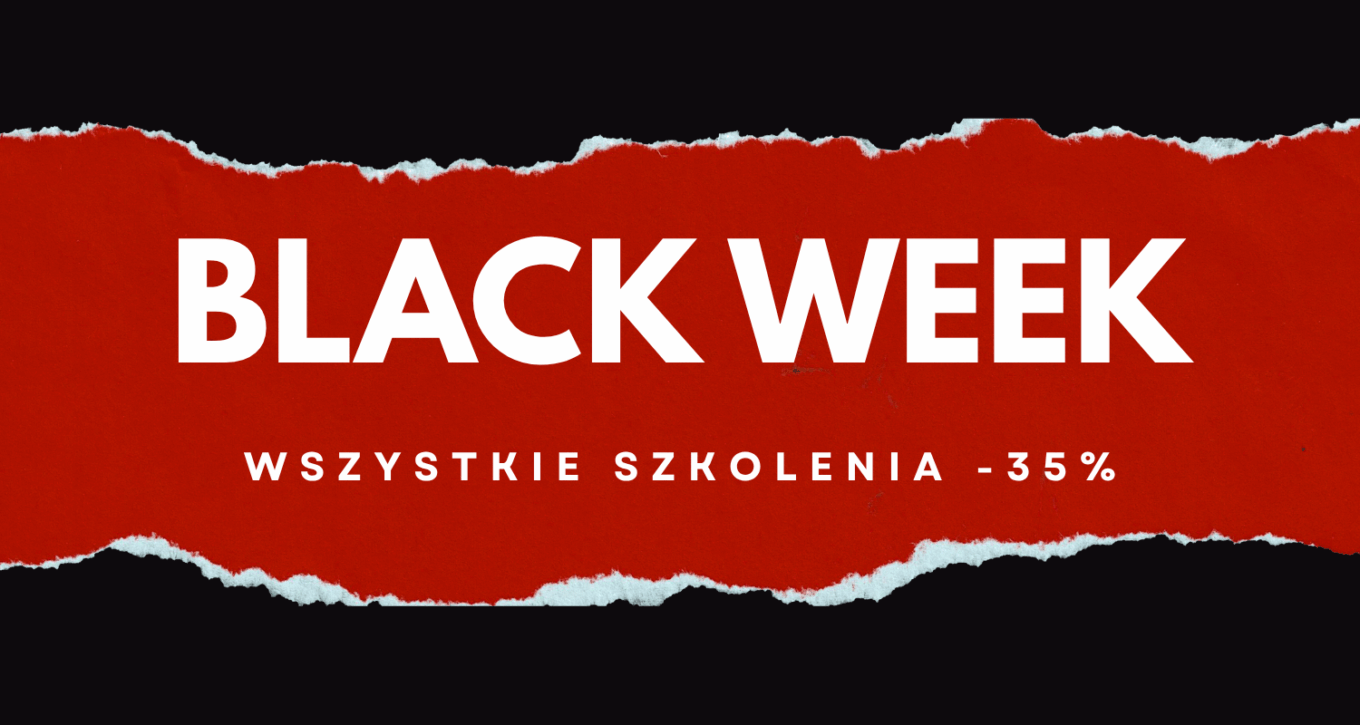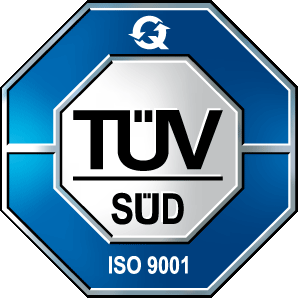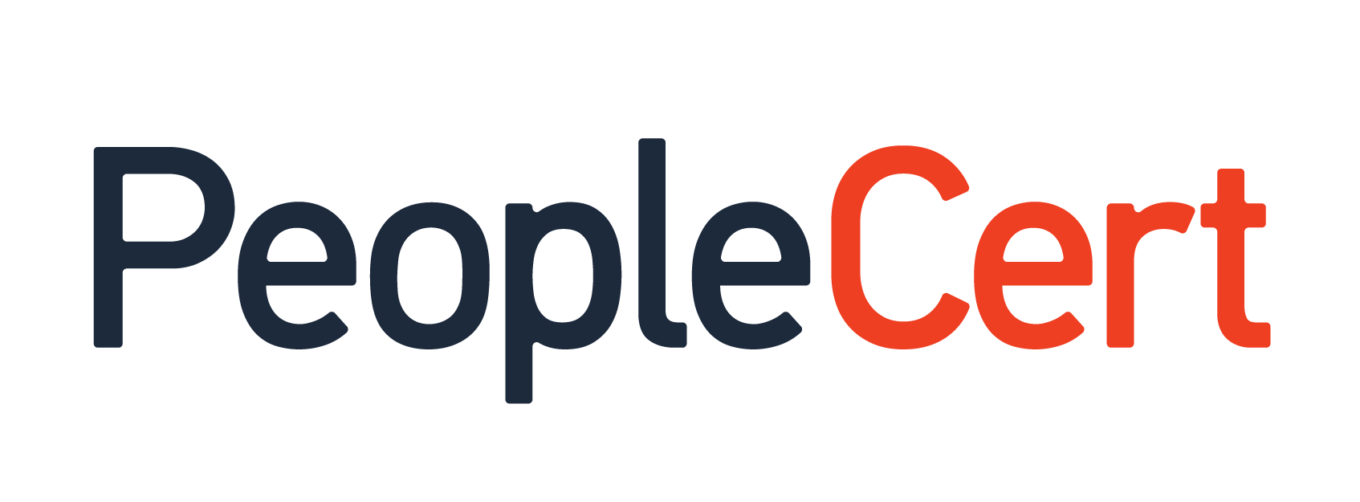I ended the previous text by saying that the lasting commitment of team members turns out to be invaluable when real problems arise in the project. We should therefore look at another leadership competence, which is motivation. To quote the 7th edition again PMBOK® Guide: Motivating project team members has two aspects (…) understanding what motivates team members to act and (…) working with team members in such a way as to ensure their continued commitment to the project and delivery of results. In practice, it is crucial not to confuse formal delegation to work in a project team with conscious involvement. If someone is polite and polite, it will probably take us longer to identify what makes them tick.
Discovering inner motivation is an art of sorts. Some of us may be more emotionally intelligent than others, but there is hope for all of us. Figure 2-5 in PMBOK® Guide Seventh Edition presents the four components of emotional intelligence. Indeed, emotional intelligence begins with ourselves, not with other people. Self-consciousness it is the ability to make a realistic self-assessment. Fortunately, there are tools available that can help us with this. These include the Belbin test, DISC method, Structogram, etc. Self-management it means thinking things through instead of acting on impulse. Short breaks during the day between activities should give us time to think about our next actions. Awareness is perhaps the most difficult component because it involves the ability to read non-verbal cues. There are numerous books available on this topic, e.g. The Secrets of Body Language by Philippe Turchet. The last component, that is Social skills, concerns reaching agreement with various stakeholders. This is again not an easy matter, and although the tools themselves do not create agreement between people, tools such as the trade-off matrix or the RACI matrix in many environments help me reduce the lack of understanding between people. This, in turn, is the basis for building consent.
Other interpersonal skills include decision-making and conflict management. In my opinion, they are closely related because conflict usually requires a decision. They also connect with critical thinking. If we strive for objectivity, group decision-making will probably be more accurate than quick decisions made by a manager alone. Of course, this requires time, which we always lack. On the other hand, investing time in achieving consensus should have the additional benefit of strengthening trust between project team members. So we have pros and cons in each approach, but the collective approach is preferred. If I address the issue together with the team, I implement subsequent recommendations from the seventh in practice PMBOK® Guide: Keep communication open and respectful, Focus on the issue, not the person, Focus on the present and future, not the past, Look for solutions together.
Taking all the elements into account, we must also remember that the leadership style should be adapted to the specific environment, situation in the project and to the given team. I know from experience that this is difficult. More than once I've thought to myself, "Gee, how much easier it would be if I could do it myself!" but I can't. I need people around. This is the difference between projects and simple tasks. I can complete the task alone. The project requires a team consisting of people with various competences and predispositions. The sooner we realize this, the sooner we will begin to consciously develop our "super power". I wouldn't worry if it's more of an "act" than a "reflex" at the beginning. Over time, these moves will become our habit, and over time, habit becomes our second nature.










